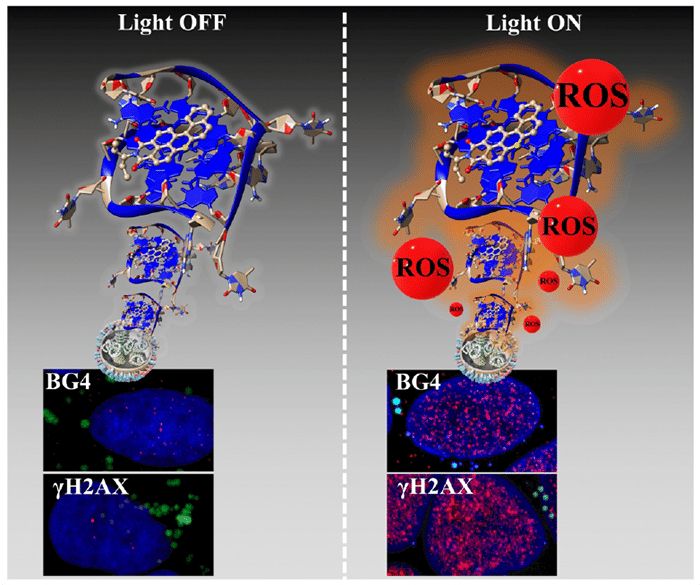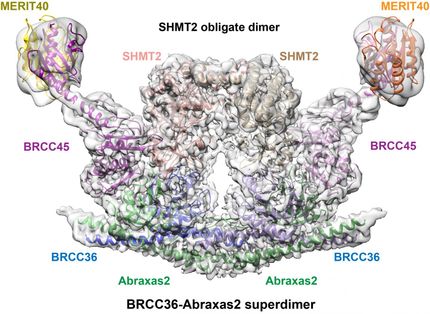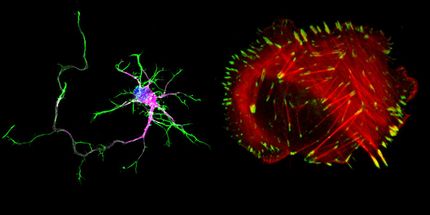Breast cancer patients with BRCA gene diagnosed almost 8 years earlier than generation before
Findings could potentially impact counseling, screening of women with BRCA mutation
Women with a deleterious gene mutation are diagnosed with breast cancer almost eight years earlier than relatives of the previous generation who also had the disease and/or ovarian cancer, according to new research from The University of Texas MD Anderson Cancer Center.
The findings, published in Cancer, could have an impact on how women at highest risk for the disease are counseled and even screened in the future, explained Jennifer Litton, M.D., assistant professor in MD Anderson's Department of Breast Medical Oncology.
"In our practice, we've noticed that women with a known deleterious BRCA gene mutation are being diagnosed earlier with the disease than their moms or aunts," said Litton, the study's first author. "With this study, we looked at women who had been both treated and had their BRCA testing at MD Anderson to determine if what we were seeing anecdotally was consistent scientifically, a phenomenon known as anticipation."
It's estimated that five to 10 percent of all breast cancers are associated with either the BRCA1 or 2 mutation, both of which are associated with an increased risk for breast and ovarian cancers. According to the American Cancer Society (ACS), women with BRCA1 or 2 have a 60 percent lifetime risk of developing breast cancer, compared to a 12 percent risk for women in the general population.
Given their greater risk, women with known BRCA mutations and/or whose mothers and/or aunts from either side of the family have the mutation are screened beginning at age 25. In 2007, as a complement to mammography, ACS guidelines added Magnetic Resonance Imaging (MRI) in the surveillance of these women at highest risk, as MRI is thought to catch smaller tumors even earlier. Consideration of prophylactic mastectomies is also a component of their surveillance, said Litton.
"Currently, BRCA positive women are counseled to start screening by 25 years, or five to ten years earlier than their youngest affected family member. However, our findings show that we may need to continue to follow these trends with future generations, and make changes accordingly in order to best advise and care for women at greatest risk," Litton said.
For the retrospective study, the researchers identified 132 BRCA positive women with breast cancer who participated in a high-risk protocol through MD Anderson's Clinical Cancer Genetics Program between 2003 and 2009. Reviewing each woman's pedigree (family tree), 106 were found to have a female family member in the previous generation who also had a BRCA-related cancer, either breast or ovarian. Age at diagnosis, location of mutation and birth year were recorded in both the older (gen1) and younger (gen2) women.
The study found that in gen2, the median age of diagnosis was 42, compared to age 48 in gen1. In comparing generations within a family, the median difference was six years. By using new mathematical models to evaluate for anticipation, the difference in age between generations was 7.9 years.
"These findings are certainly concerning and could have implications on the screening and genetic counseling of these women," Litton said. "In BRCA positive women with breast cancer, we actually might be seeing true anticipation - the phenotype or cancer coming out earlier per generation. This suggests more than the mutation could be involved, perhaps lifestyle and environmental factors are also coming into play."
The research reconfirms that women with BRCA mutations should continue to be screened per the guidelines - mammography, MRI and consideration of prophylactic surgeries - yet perhaps with increased suspicion and even at an earlier age, said Litton, who notes that the addition of MRI screening may account for some of the change in diagnosis seen in the study.
Further analysis is needed given the relatively small number of women in the cohort and the possibility of recall bias, as the gen2 women were providing their family histories, Litton explained. As follow up study, Litton plans to look into biological basis for potential earlier diagnosis.
Other news from the department science

Get the life science industry in your inbox
By submitting this form you agree that LUMITOS AG will send you the newsletter(s) selected above by email. Your data will not be passed on to third parties. Your data will be stored and processed in accordance with our data protection regulations. LUMITOS may contact you by email for the purpose of advertising or market and opinion surveys. You can revoke your consent at any time without giving reasons to LUMITOS AG, Ernst-Augustin-Str. 2, 12489 Berlin, Germany or by e-mail at revoke@lumitos.com with effect for the future. In addition, each email contains a link to unsubscribe from the corresponding newsletter.
More news from our other portals
Last viewed contents

A new molecule to target and eliminate cancer cells using light - This new photosensitizer has proved much more effective than those used in current treatments.
Evotec and MaRS Innovation announce first funded project under LAB150 BRIDGE

Cell-culture breakthrough: Advanced “mini brains” in the dish - Organoids that mimic human brain cortex in development and disease
Stem Cell Studies Approved for UF College of Medicine – Jacksonville - Researchers will focus on using patient’s own cells to improve health
Medtech company Theraclion obtains €8.5 million in R&D funding from OSEO
Study sheds light on treating cancer - Using light to target and kill cancer cells alternatively without surgery
Taconic Biosciences and Cellaria Biosciences collaborate to facilitate xenograft use in oncology research

Protein mingling under blue light
Global Pharmaceutical companies expect hard price competition in the rising Biosimilars segment - Bi-annual survey among more than 80 executives from globally active pharmaceutical companies based in 16 countries and spread over four continents
Centre Léon Bérard - Lyon, France
Killer silk: Making silk fibers that kill anthrax and other microbes in minutes























































